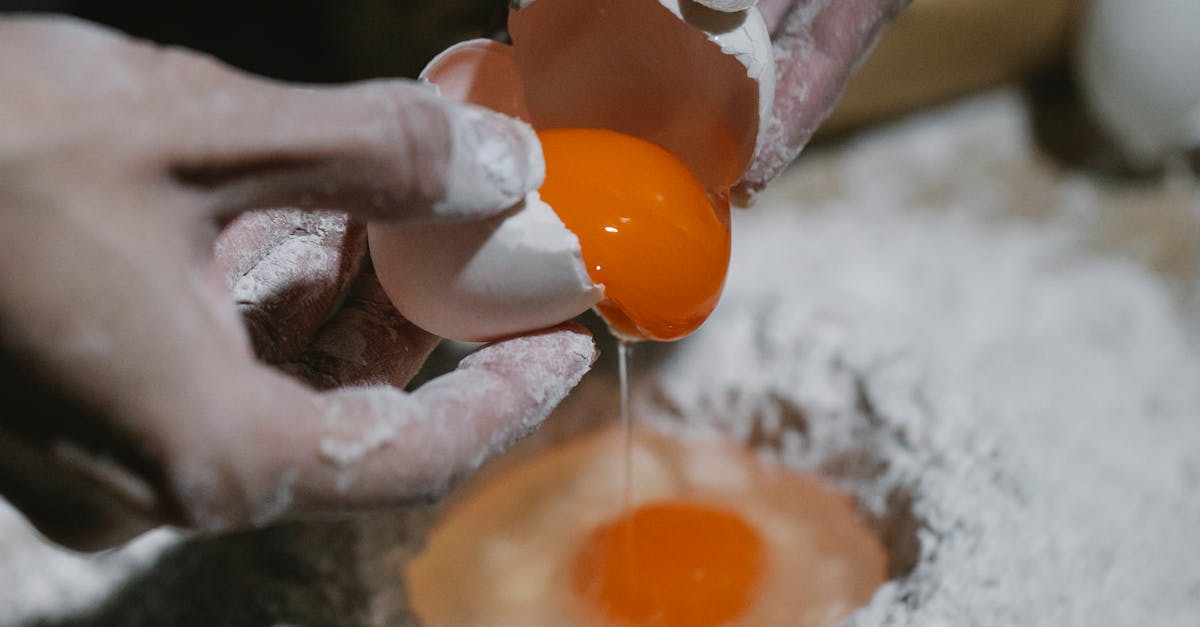Rice flour is a finely milled flour made from whole grains of rice. It is widely used in various cuisines around the world and has gained popularity for its gluten-free properties. Understanding the meaning of rice flour can open doors to numerous culinary possibilities and health benefits. In this article, we will delve into the details of rice flour, its uses, benefits, and much more.
| Aspect | Description |
|---|---|
| Definition | Rice flour is a powder made from ground rice, used as a gluten-free alternative to wheat flour. |
| Types | There are two main types of rice flour: white rice flour and brown rice flour. |
| Culinary Uses | Rice flour is used in various dishes, including noodles, pancakes, and desserts. |
| Health Benefits | Rich in carbohydrates and low in fat, rice flour is easily digestible and suitable for gluten-sensitive individuals. |
| Substitutions | Rice flour can often replace wheat flour in many recipes, but adjustments may be needed. |
| Storage | It should be stored in a cool, dry place and can last up to a year if kept sealed. |
| Popular Dishes | Some popular dishes using rice flour include mochi, rice noodles, and certain types of cakes. |
Definition
Rice flour is a powder made from ground rice, used as a gluten-free alternative to wheat flour. It is versatile and can be used in a variety of recipes, making it a staple in many kitchens, especially for those who are gluten intolerant or have celiac disease. The fine texture of rice flour makes it an excellent choice for baking and cooking, providing a unique flavor and texture to dishes.

Types
There are two main types of rice flour: white rice flour and brown rice flour. White rice flour is made from polished rice grains, giving it a finer texture and a more neutral flavor. In contrast, brown rice flour is made from whole grain rice and retains the bran and germ, providing a nuttier flavor and more nutritional benefits. Each type has its own unique uses in cooking and baking, depending on the desired outcome.

Culinary Uses
Rice flour is used in various dishes, including noodles, pancakes, and desserts. In Asian cuisine, it is a key ingredient in rice noodles, which are used in dishes like Pad Thai and pho. It is also commonly used to make pancakes, crepes, and dumplings. Additionally, rice flour is often utilized in gluten-free baking, where it can be combined with other gluten-free flours to create cakes, cookies, and breads.

Health Benefits
Rich in carbohydrates and low in fat, rice flour is easily digestible and suitable for gluten-sensitive individuals. It is often recommended for those with digestive issues as it is gentle on the stomach. Furthermore, brown rice flour provides additional nutrients such as fiber, vitamins, and minerals, making it a healthier option compared to refined flours. Incorporating rice flour into your diet can contribute to a balanced and nutritious meal plan.

Substitutions
Rice flour can often replace wheat flour in many recipes, but adjustments may be needed. When substituting rice flour for wheat flour, it is important to consider that rice flour lacks gluten, which provides structure in baked goods. To achieve similar results, it is advisable to use a combination of rice flour with other gluten-free flours or binders such as xanthan gum or guar gum. Experimenting with ratios will help achieve the desired texture and flavor in your recipes.

Storage
It should be stored in a cool, dry place and can last up to a year if kept sealed. To maintain its freshness, it is best to store rice flour in an airtight container. If you live in a humid environment, refrigeration may help prolong its shelf life. Always check for signs of spoilage, such as off odors or discoloration, before use.

Popular Dishes
Some popular dishes using rice flour include mochi, rice noodles, and certain types of cakes. Mochi is a traditional Japanese rice cake made from glutinous rice flour, often enjoyed as a sweet treat. Rice noodles are a staple in many Asian dishes, providing a chewy texture and allowing them to absorb flavors well. Additionally, rice flour can be used to create light and airy cakes, making it a favorite among gluten-free bakers.

FAQ
What is rice flour made from?
Rice flour is made by grinding whole grains of rice into a fine powder. It can be made from both white rice and brown rice, with the latter retaining more nutrients due to the presence of the bran and germ.
Is rice flour gluten-free?
Yes, rice flour is naturally gluten-free, making it an excellent alternative for those with gluten intolerance or celiac disease.
Can I substitute rice flour for regular flour in baking?
Yes, you can substitute rice flour for regular flour, but you may need to adjust the recipe by adding binders like xanthan gum or combining it with other gluten-free flours to achieve the right texture.
How should I store rice flour?
Rice flour should be stored in an airtight container in a cool, dry place. It can also be refrigerated to extend its shelf life, which is typically up to a year if stored properly.
For more information about rice flour and its benefits, you can refer to trusted sources like the [U.S. Department of Agriculture](https://www.usda.gov) and the [Food and Drug Administration](https://www.fda.gov).
